How Green Are Your Bonds?
Fixed-income investors can make an environmental impact, too.

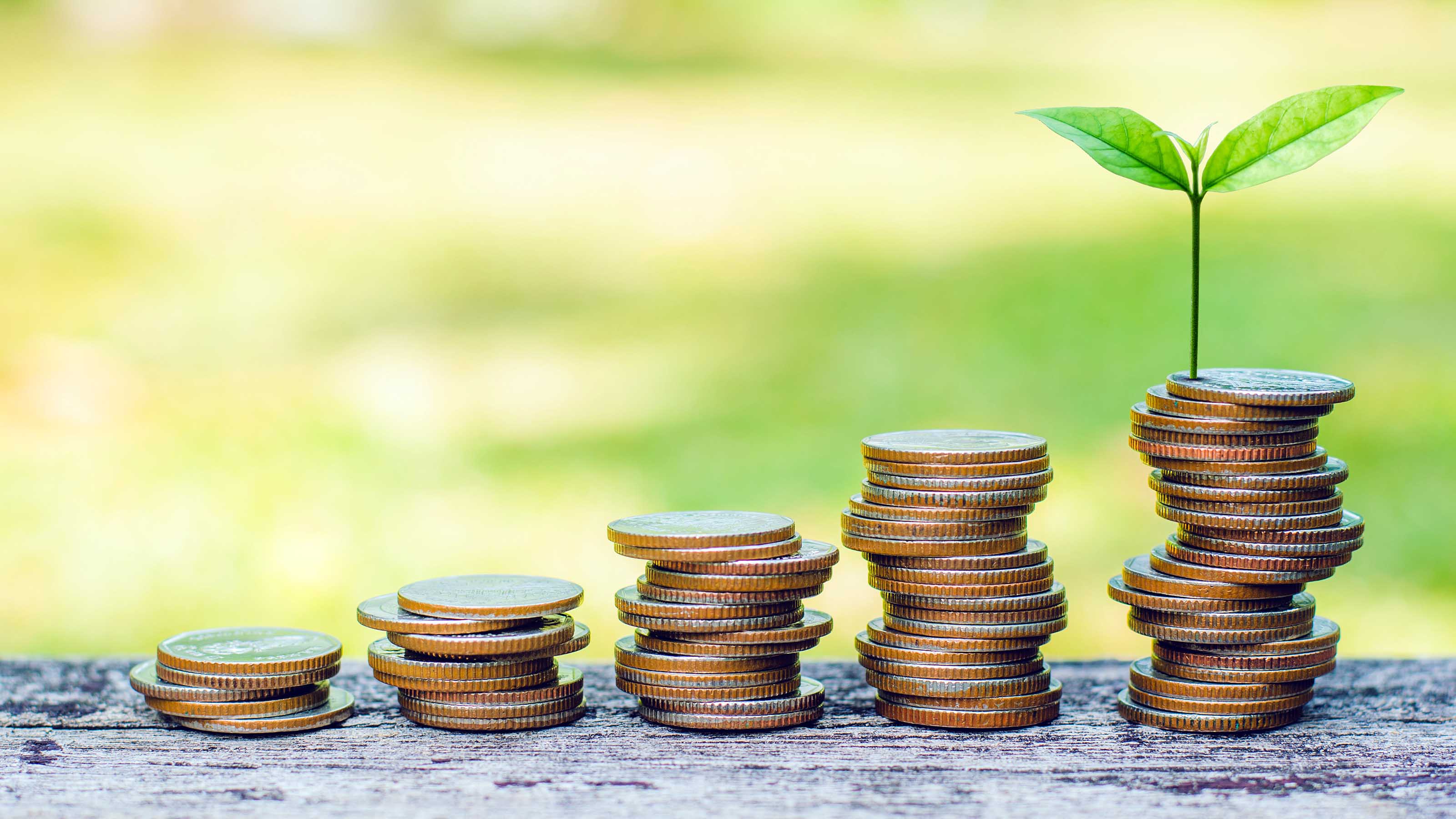
If you really want to make an environmental impact with your investment dollars, buy green bonds. These securities fund projects that help the environment, delivering measurable outcomes without sacrificing returns you might earn from traditional bonds. And they are growing like wildflowers. Last year, the global market for green bonds—a fixed-income sector that’s just over 10 years old—surpassed the $1 trillion mark, putting it on par with the U.S. high-yield corporate debt market, says Vishal Khanduja, manager of Calvert Green Bond. This year, the green bond market could top $2 trillion.
Who’s issuing these bonds? Corporations, municipalities and even governments. Bank of America has issued five green bonds since 2013 totaling $6.6 billion. The bonds finance sustainable projects, such as North Star Solar, a Minnesota solar facility built in 2016 that generated enough power for 20,000 homes in its first operational year. France has issued green bonds for clean-energy projects and carbon-free public transportation; Germany issued green government bonds last year. Massachusetts, California and New York are big players. And Fannie Mae is a major issuer. The mortgage agency bundles the loans it makes to retrofit multifamily properties to be more energy-efficient.
Report cards count. In the green bond world, impact reporting is key. Investors want to know precisely how their dollars are improving the environment, says William Sokol, director of exchange-traded fund product management at VanEck. “It’s about how those dollars are being used.”
From just $107.88 $24.99 for Kiplinger Personal Finance
Become a smarter, better informed investor. Subscribe from just $107.88 $24.99, plus get up to 4 Special Issues

Sign up for Kiplinger’s Free Newsletters
Profit and prosper with the best of expert advice on investing, taxes, retirement, personal finance and more - straight to your e-mail.
Profit and prosper with the best of expert advice - straight to your e-mail.
But picking individual bonds on your own can be problematic. For starters, there can be some confusion as to a bond’s particular shade of green. Green bonds by definition make positive environmental impacts. Social bonds, often lumped with green bonds, have community-oriented goals, such as affordable housing. And sustainable bonds provide both social and environmental benefits.
Green, social or sustainable bonds that are so labeled must meet specific guidelines. These parameters, set by groups including the International Capital Market Association and the Climate Bonds Initiative, define certain green bond requirements, such as what issuers must do to issue a green bond, what kinds of projects are eligible and what, when and how results need to be reported.
But it’s best not to get too caught up with the labels because there’s an even bigger market of unlabeled bonds—securities that don’t fit ICMA or CBI parameters—that make worthy, impactful investments, says Stephen Liberatore, lead manager of TIAA-CREF Green Bond fund. He invests in both labeled and non-labeled green bonds. Labeled or not, each security has to pass muster for the creditworthiness of the issuer and the assets collateralizing the bond, as well as for the use of proceeds, to figure out the beneficial outcome, he says.
It helps to go with an experienced bond picker if you’re investing in this sector. But fund choices are slim. Two of our favorites focus on bonds that help the environment; another two invest in debt that further environmental and social goals. Returns are through February 5.
Brown Advisory Sustainable Bond (symbol BASBX, expense ratio 0.54%, yield 1.25%) Thomas Graff and Amy Hauter invest in a mix of bonds—government and corporate debt, municipals, and mortgage-backed IOUs—that finance projects that make a positive impact in one of three areas: health and well-being, economic development and social inclusion, or the environment.
More than one-fourth of the fund is invested in bonds carrying the green, sustainable and social labels. But the managers also buy non-labeled bonds tied to sustainable goals and bonds issued by organizations that actively solve environmental and social challenges with innovative products or services. The fund owns debt issued by Land O’Lakes, for example, in part because the farmer-owned cooperative has a unit that helps midwestern corn farmers increase efficiency and improve soil health and water quality.
Over the past three years, the fund’s 6.0% annualized return beat the 5.5% gain in the Bloomberg Barclays U.S. Aggregate Bond index. A mortgage-backed bond the fund owns issued by Lineage Logistics helped the warehousing and logistics company (think cold storage) save $4 million in annual energy costs and cut energy consumption by the equivalent of what 240,000 home refrigerators use per year.
Calvert Green Bond (CGAFX, 0.73%, 0.85%) For every $1 invested in this fund, 38 cents goes toward renewable energy and projects that boost energy efficiency, 22 cents finances green-building retrofitting or construction, and 8 cents backs low-carbon transportation, according to the fund’s fact sheet. The firm behind the fund has a long history of investing with environmental, social and governance measures in mind. But the fund takes extra steps to verify the impact of each security it considers, says Khanduja, who comanages the fund with Brian Ellis.
Over the past three years, Calvert has returned 5.2% annualized, just behind the 5.5% annualized return in the Agg index. The fund carries a 3.75% sales charge, but you can buy shares for no fee or load at discount brokers, including Charles Schwab, Fidelity and TD Ameritrade.
Kiplinger's 25 Favorite No-Load Mutual Funds
Domini Impact Bond (DSBFX, 0.87%, 1.09%) Green bonds make up just 7% of Domini Impact Bond. One such holding is a Kaiser Foundation Hospitals bond that funds the retrofitting of existing medical facilities so they can earn gold- or platinum-level LEED certification, the highest awards in a building rating system for energy efficiency. But the fund’s other investments help the world in other ways. Manager Campe Goodman, of subadviser Wellington Management, invests across a range of themes, including access to housing, community development and health. A sustainability bond from the nonprofit BlueHub Loan Fund, for instance, finances projects that generate economic opportunity and stability in low-income communities. Over the past five years, the fund’s 4.6% annualized return beat the 3.9% average gain in the Agg index.
TIAA-CREF Green Bond (TGROX, 0.80%, 1.34%) Green investing is “still so subjective,” says lead manager Liberatore. In Paris, for instance, nuclear power is considered a clean energy, but other parts of the world might disagree. “What each investor wants varies, so we follow our own approach.”
He and comanagers Jessica Zarzycki invest using a framework Liberatore created with his team years ago. They buy mostly high-quality bonds that deliver a direct and measurable environmental effect. Not every bond in the fund is labeled green, but all make an impact. The fund holds a California water utility bond, for one, that uses solar panels for its wastewater treatment plant. “The panels power the plant, and the utility sells energy it doesn’t use back to the grid,” says Liberatore.
Over the past two years, the fund’s 7.7% annualized return edged the Agg index by an average of 0.7 percentage point. The portfolio’s investments in 2019 generated enough renewable energy to power 17.9 million houses for one year, according to the fund’s latest impact report.
Profit and prosper with the best of Kiplinger's advice on investing, taxes, retirement, personal finance and much more. Delivered daily. Enter your email in the box and click Sign Me Up.

Nellie joined Kiplinger in August 2011 after a seven-year stint in Hong Kong. There, she worked for the Wall Street Journal Asia, where as lifestyle editor, she launched and edited Scene Asia, an online guide to food, wine, entertainment and the arts in Asia. Prior to that, she was an editor at Weekend Journal, the Friday lifestyle section of the Wall Street Journal Asia. Kiplinger isn't Nellie's first foray into personal finance: She has also worked at SmartMoney (rising from fact-checker to senior writer), and she was a senior editor at Money.
-
 Dow Adds 292 Points as Goldman, Nvidia Soar: Stock Market Today
Dow Adds 292 Points as Goldman, Nvidia Soar: Stock Market TodayTaiwan Semiconductor's strong earnings sparked a rally in tech stocks on Thursday, while Goldman Sachs' earnings boosted financials.
-
 Why Public Markets Don't Look Like They Used To
Why Public Markets Don't Look Like They Used To -
 Turning 65 in 2026? Here Is Exactly How to Sign Up for Medicare
Turning 65 in 2026? Here Is Exactly How to Sign Up for MedicareWhether you’re months away from your 65th birthday or plan to work past retirement age, here are the steps to secure your Medicare coverage and avoid costly mistakes.
-
 If You'd Put $1,000 Into Bank of America Stock 20 Years Ago, Here's What You'd Have Today
If You'd Put $1,000 Into Bank of America Stock 20 Years Ago, Here's What You'd Have TodayBank of America stock has been a massive buy-and-hold bust.
-
 The Most Tax-Friendly States for Investing in 2025 (Hint: There Are Two)
The Most Tax-Friendly States for Investing in 2025 (Hint: There Are Two)State Taxes Living in one of these places could lower your 2025 investment taxes — especially if you invest in real estate.
-
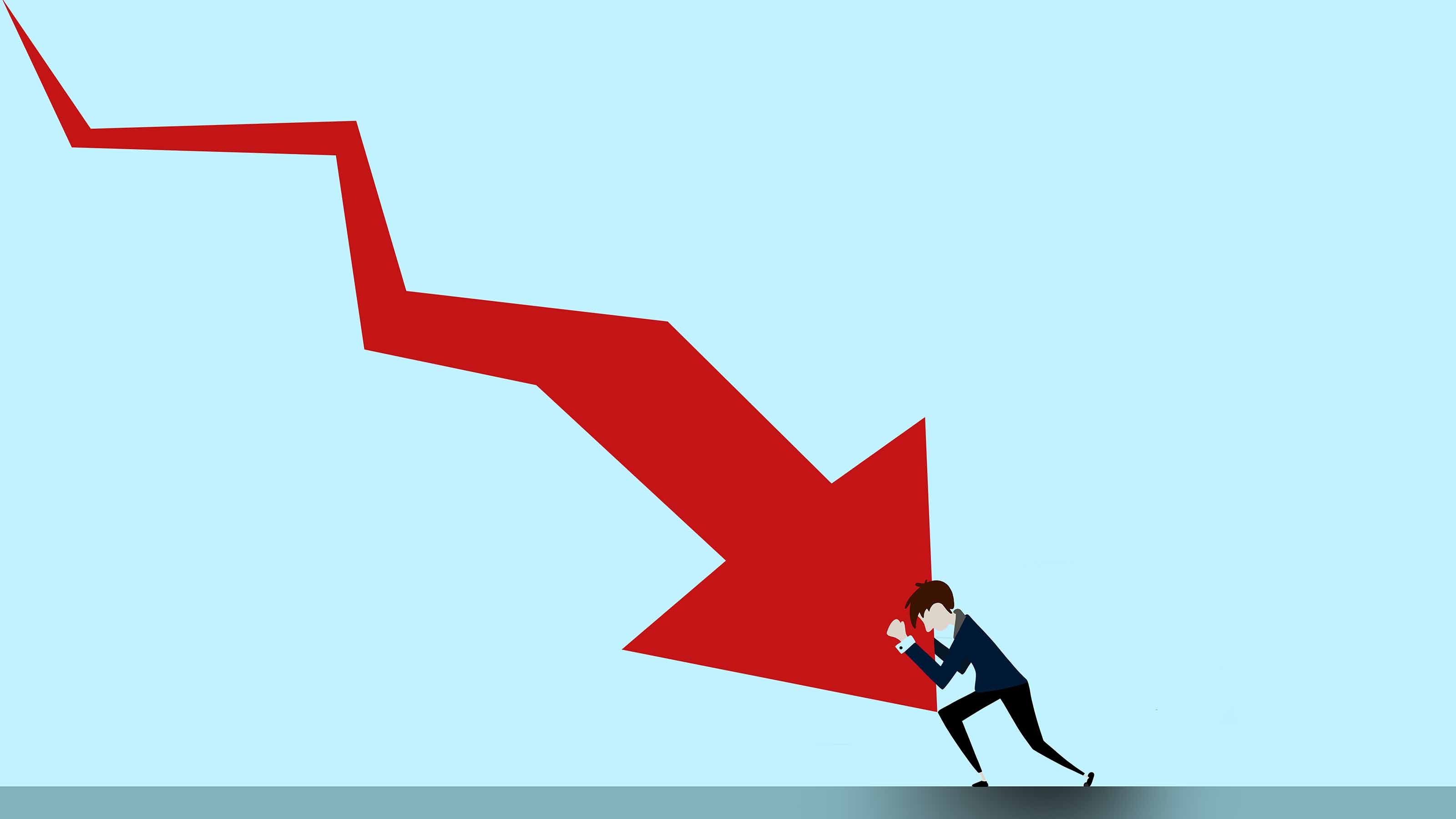 Is A Recession Looming? Two Big Bank CEOs See It That Way
Is A Recession Looming? Two Big Bank CEOs See It That WayRecession is likely, Citi's CEO told a Senate panel today, a sentiment echoed by JP Morgan's chief executive last week.
-
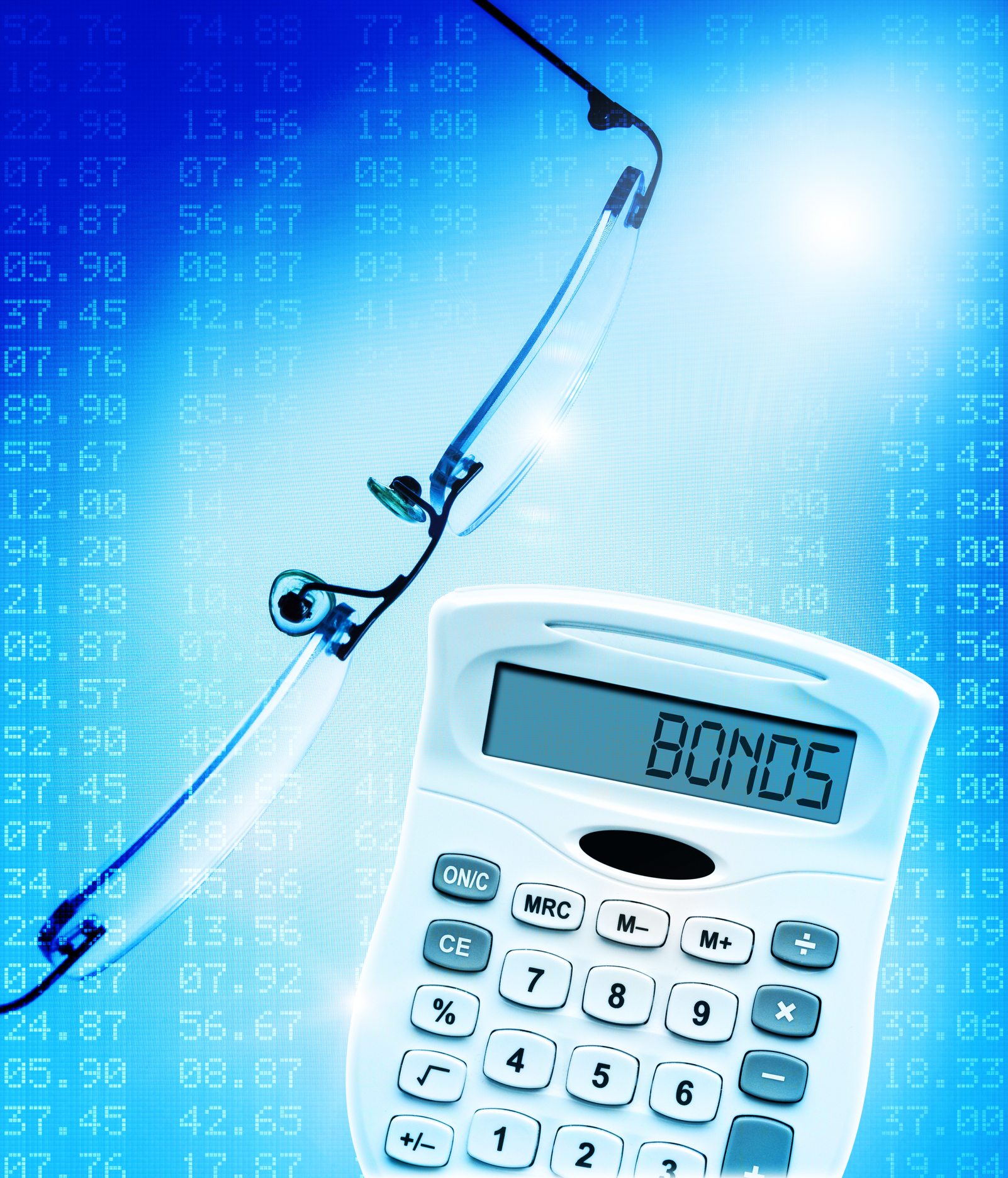 Bond Basics: Zero-Coupon Bonds
Bond Basics: Zero-Coupon Bondsinvesting These investments are attractive only to a select few. Find out if they're right for you.
-
 Bond Basics: How to Reduce the Risks
Bond Basics: How to Reduce the Risksinvesting Bonds have risks you won't find in other types of investments. Find out how to spot risky bonds and how to avoid them.
-
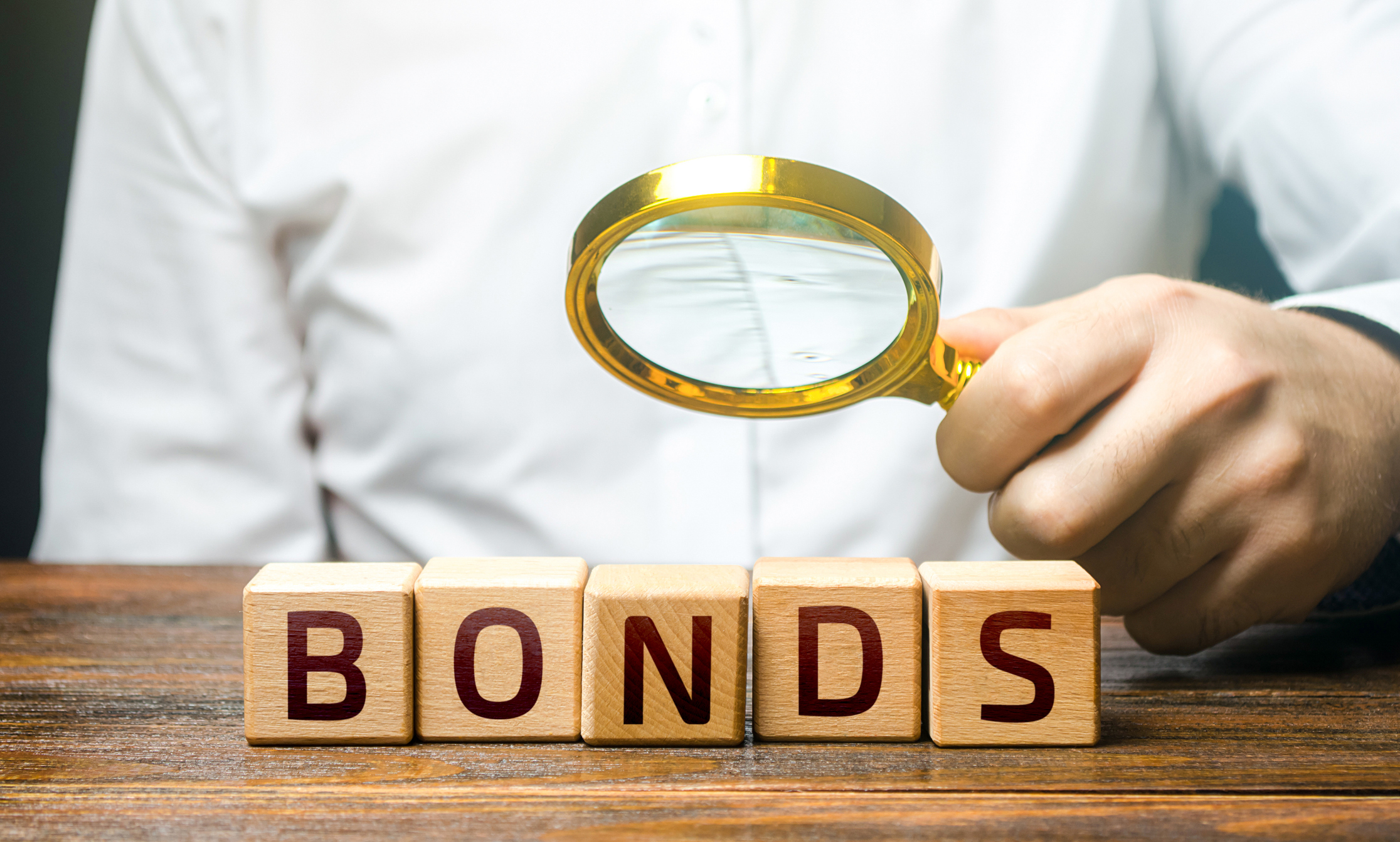 What's the Difference Between a Bond's Price and Value?
What's the Difference Between a Bond's Price and Value?bonds Bonds are complex. Learning about how to trade them is as important as why to trade them.
-
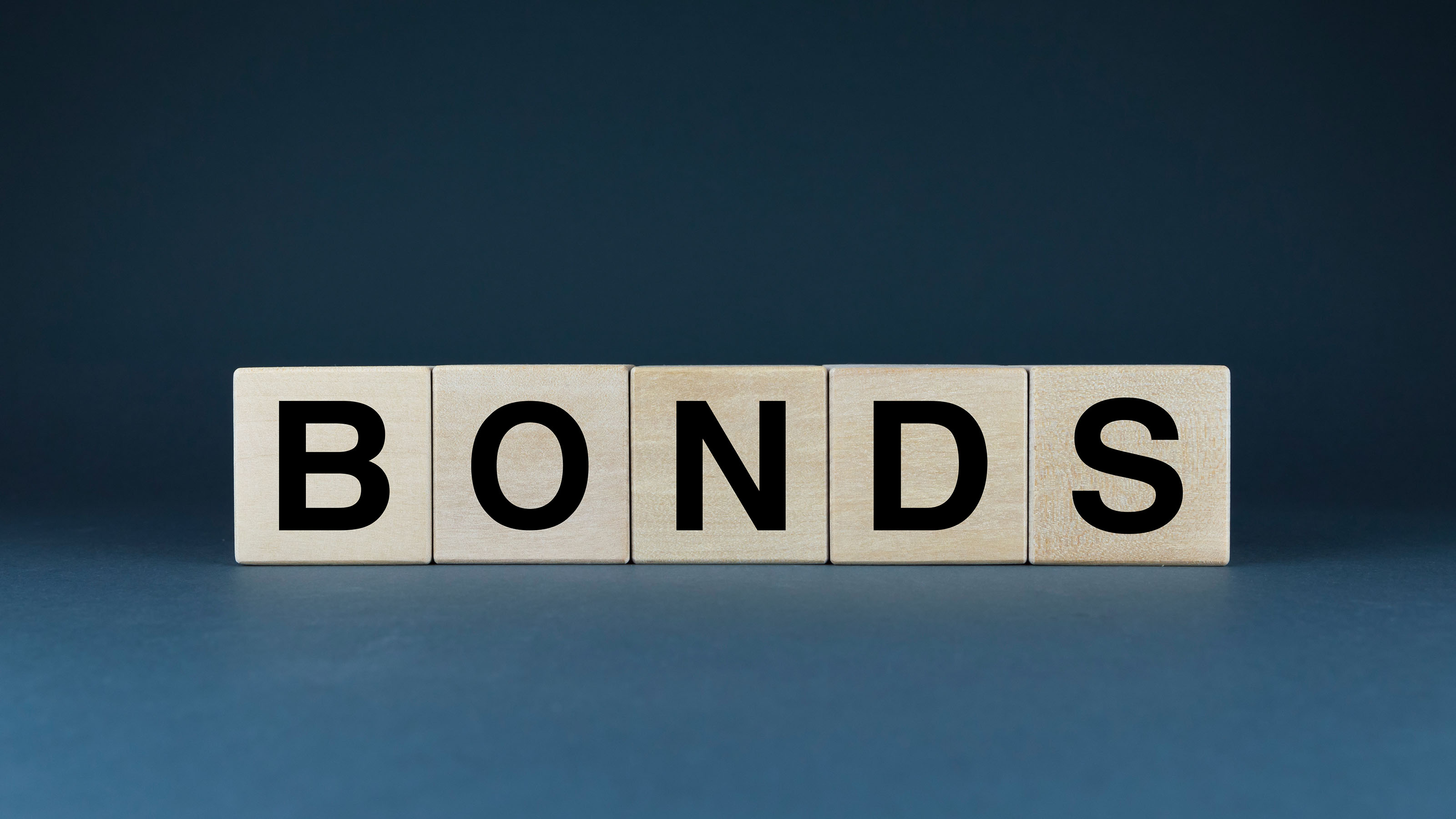 Bond Basics: U.S. Agency Bonds
Bond Basics: U.S. Agency Bondsinvesting These investments are close enough to government bonds in terms of safety, but make sure you're aware of the risks.
-
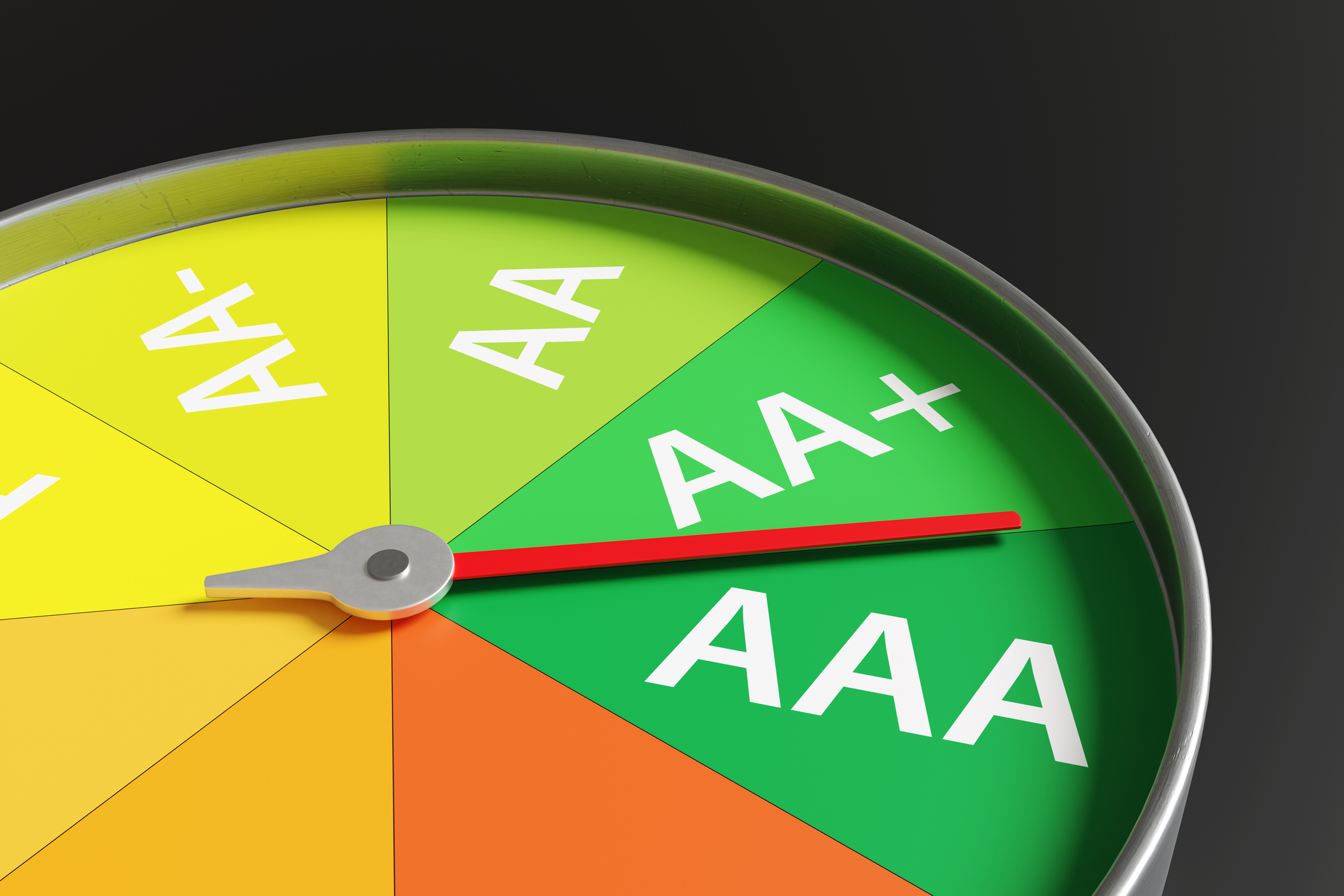 Bond Ratings and What They Mean
Bond Ratings and What They Meaninvesting Bond ratings measure the creditworthiness of your bond issuer. Understanding bond ratings can help you limit your risk and maximize your yield.